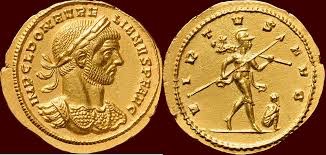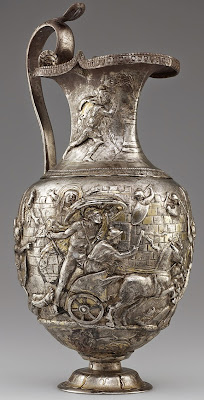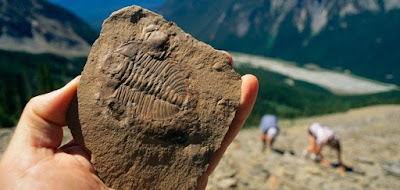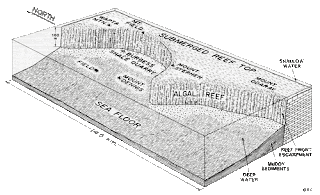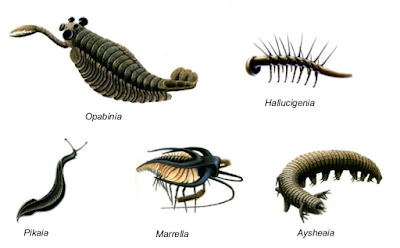Its not the mythical city of gold that draws treasure seekers to the rugged Llanganates mountain range in Ecuador, some say there's a vast Inca hoard of gold hidden from Spanish conquistadors there.

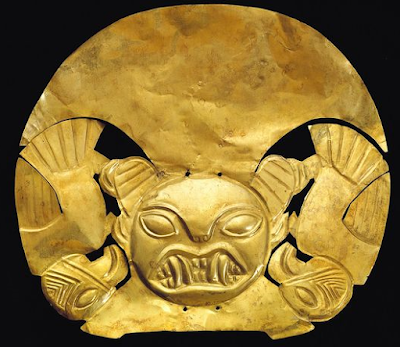 | The Inca Empire in South America in the early 15th century was weak and quickly giving way to European invaders. Atahualpa was an Inca king who, after warring with his half-brother, Huáscar, for control of the empire, was captured at his palace in Cajamarca in modern-day Peru by Spanish commander Francisco Pizarro. | 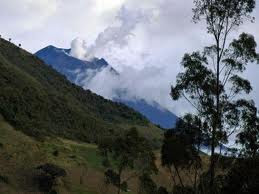
 |
Pizarro agreed to release Atahualpa in return for a roomful of gold, but the Spaniard later reneged on the deal.
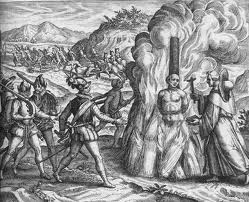 | Atahualpa was garroted on August 29, 1533, and then burned at the stake before the last and largest part of the ransom had been delivered. The legend holds that the Inca general Rumiñahui was on his way to Cajamarca with the ransom when he learned of Atahualpa's fate. The story goes he buried the gold in a secret mountain cave. It is a tale between fact and fiction. Atahualpa's gold existed because it's recorded in the Spanish chronicle, and it's recorded that a large convoy of gold was on its way from Ecuador. After that the best stories revolve around the Llanganates. |  |
The Llanganates Mountains are a remote and rugged area known for difficult terrain, including swamps, dense vegetation, and high altitudes. Some stories suggest that Rumiñahui may have thrown some of the gold into a lagoon to further conceal it.
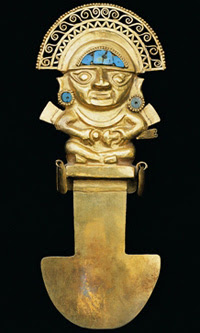 | Over the centuries countless explorers have sought Atahualpa's gold, but the mountains of the Llanganates have refused to surrender it.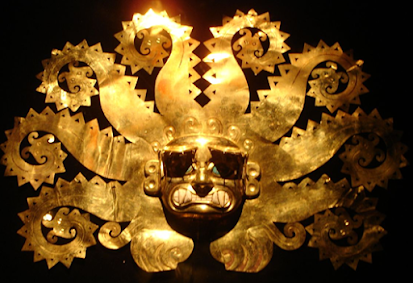 |  |
Unlike in Peru, where attention goes to Inca sites such as Machu Picchu, Ecuador's archaeological ruins attract few tourists.
